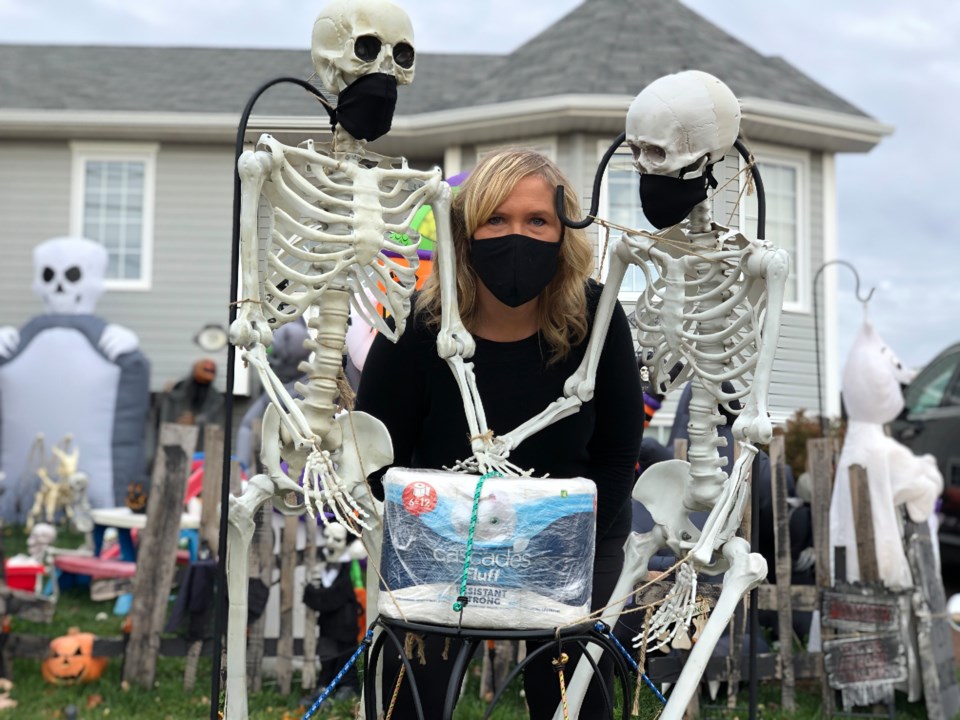People with damaged hearts, scarred livers and burst appendix have been streaming into emergency rooms in Longmont and nationwide now that COVID-19 appears to be waning in some areas. Their ailments should have been treated weeks or even months ago and full recovery for some appears difficult at best because of delayed treatment, say doctors and other health care officials.
When COVID-19 hit in March 2020 and months after, emergency room visits plummeted, said Dr. Devin Rickett, medical director of UCHealth Longs Peak Hospital’s emergency department. “Our visits were down 30 to 40%, they just went off the cliff,” Rickett said. “But the thing is, those problems they were trying not to deal with, did not go away.”
“We saw people coming in three or four days after having a heart attack or stroke,” Rickett said. They required aggressive treatment, he added, and faced months of rehabilitation and recovery which might have been avoided if they came in sooner.
Some patients with painful appendicitis — even a burst appendix — refused to come in for days over fears they would be exposed to COVID-19, he said.
People who normally would have sought treatment sooner were scared off by images from around the world and country of people dying in hospital hallways, Rickett said. “They saw those things in New York or Italy. But it wasn’t like that here at all.”
RIckett said he is not aware of any patients who got treatment at UCHealth for some other ailment contract COVID-19.
“Just about every patient who got COVID-19 got it from home or somewhere else,” Rickett said. “By May 2020, we had good precautions in place and the hospital was probably the safest place to be when it came to COVID-19,” he said.
Some people dealt with the pandemic by drinking too much and now are seeking help for severely damaged livers, Rickett said. “People were turning to alcohol to cope with the pressure of the pandemic and we are seeing people with significant liver failure,” he said. “They slowly drink their livers away and for a lot of these folks it’s too late.”
Young people struggling with mental health issues also sought help in the emergency department, Rickett said.
Kids, he said, were stressed by a lack of social support during the pandemic and weren’t able to go to school because of COVID-19 restrictions. “We are seeing a lot of that,” Rickett said. “They were just cut off from the usual access to care.”
Hospitals across the country saw similar reactions among would-be patients, deferring needed care for medical problems for fear of COVID exposure.
There was a 32% decrease in emergency room admissions during the months after the COVID-19 outbreak with significant dips in admission for chronic respiratory conditions and non-orthopedic needs, according to PubMed.Gov, a part of the National Library of Medicine.
“Decreases were particularly acute among women and children, as well as patients with Medicare or without insurance,” PubMed.Gov states.
Many hospitals are trying marketing campaigns to get patients back into hospitals, according to the HealthCare Financial Management Association.
The Yale New Haven Health System launched just such a campaign last summer as hospital managers saw patients seeking care for heart attacks sink to 50% and strokes 30% soon after the pandemic began, the association states.
The campaign’s goal is “to communicate to patients that it is safe to come back and that we are highly discouraging any delay in care,” Christopher O’Connor, executive vice president of COO of Yale New Haven told the association.


